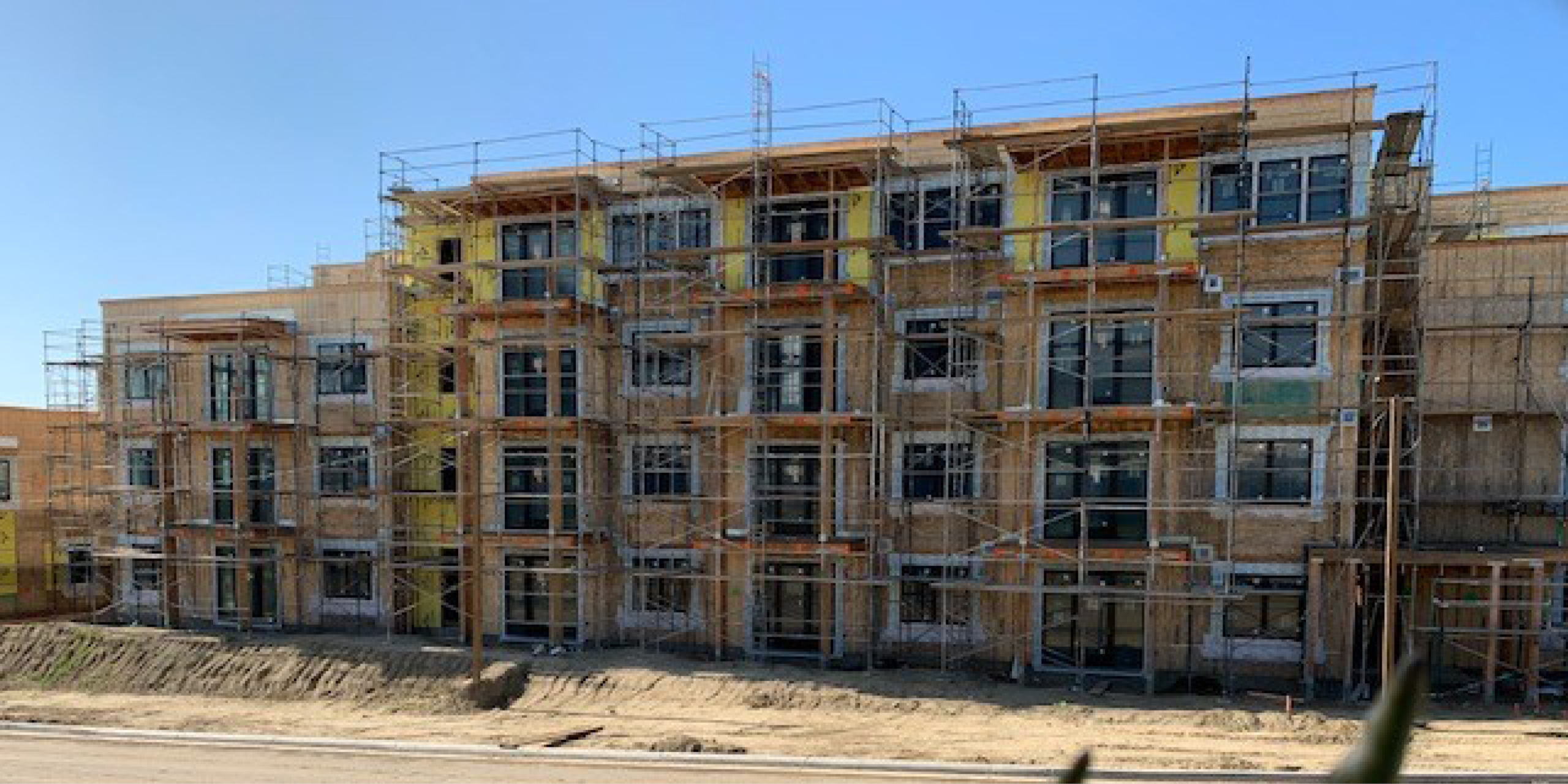How Can California Possibly Meet Its Housing Goals?
Amidst a worsening housing crisis, California’s Governor Newsom signed into law a slate of new pro-housing bills in late September. Designed to streamline the housing approval process in California and create thousands of jobs, this is an historic achievement.
Under the State’s Regional Housing Needs Allocation (RHNA) program, every jurisdiction was to provide a revision to their Housing Elements of their General Plans by a deadline which nearly every jurisdiction missed. Extensions were granted but with strings attached — more on that later. Fortunately, in order to meet the new large housing allocations, the legislature has worked to provide pathways for this to be accomplished.
The biggest news: AB2011 / SB6 “The Affordable Housing and High Road Jobs Act of 2022” would allow ministerial “by-right” approval for certain multifamily projects that include affordable housing on properties currently zoned for office, retail and parking. The Act would grant these projects “by right” approvals, exempting them from CEQA and local government approvals (with certain stipulations). The intention is to direct dense development to commercial corridors and away from existing single-family neighborhoods.
The bills are a response to the plethora of abandoned malls, Sears, Kmarts, Toys “R” Us and more as the retail world has changed, as well as old office parks and industrial buildings that do not meet today’s needs. Also, it recognizes that there is just not enough land zoned for multifamily housing and that the process for rezoning is complicated. To qualify for AB 2011 streamlining, projects must provide either 100% affordable units, or provide on-site affordable units in a primarily market rate project (with several stipulations).
AB 2011 also sets specific standards for infill location, minimum density, maximum height and urban design. Based on a site’s characteristics, a form-based code establishes criteria based on Metropolitan Standards or Suburban Standards that vary with the type of commercial corridor street that the site fronts. One example: in a Metropolitan Area on a 6-lane street, a proposed project could include a four-story tuck-under apartment project at a minimum 60 du/ac., with a 45-foot maximum height. If it were in a transit-rich area, a 65-foot high 5-story podium at a minimum density of 80 du/ac would be possible.
A significant issue, however, is the requirement for prevailing wage labor. This is meant to provide growth, training, and better compensation for the residential construction workforce. In order to meet the Governor’s declared goal of 3.5 million housing units in the next 10 years, the current workforce could only build 1/3 of that number without a significant increase in their numbers and productivity, if everything were “normal”. And we may be entering new “non-normal” times!
Other measures that passed into law include AB 2097 that prohibits local public agencies from imposing any minimum parking requirements for projects within a half-mile of a “major” transit facility; and AB 2221 which extends ADUs to proposed projects, not just existing, and clarifies other ADU issues.
Now, about the jurisdictions that have not complied with the Housing Elements: A 30-year-old law called “Builders Remedy” gives developers the right to build virtually anything they want, provided they include a share of affordable housing in residentially zoned property in cities without a compliant Housing Element. Developers have proposed nearly 5,000 units in Santa Monica and 1,000 in Redondo Beach under this provision (although very recently, the State’s Department of Housing and Community Development has accepted Santa Monica’s, closing the window in that city). It appears that Santa Monica has no choice but to accept the development proposals that were submitted in the timely window of opportunity. As of this writing, there are still numerous California cities that have not had their Housing Elements approved; but the window may be closing fast!






Leave a Reply